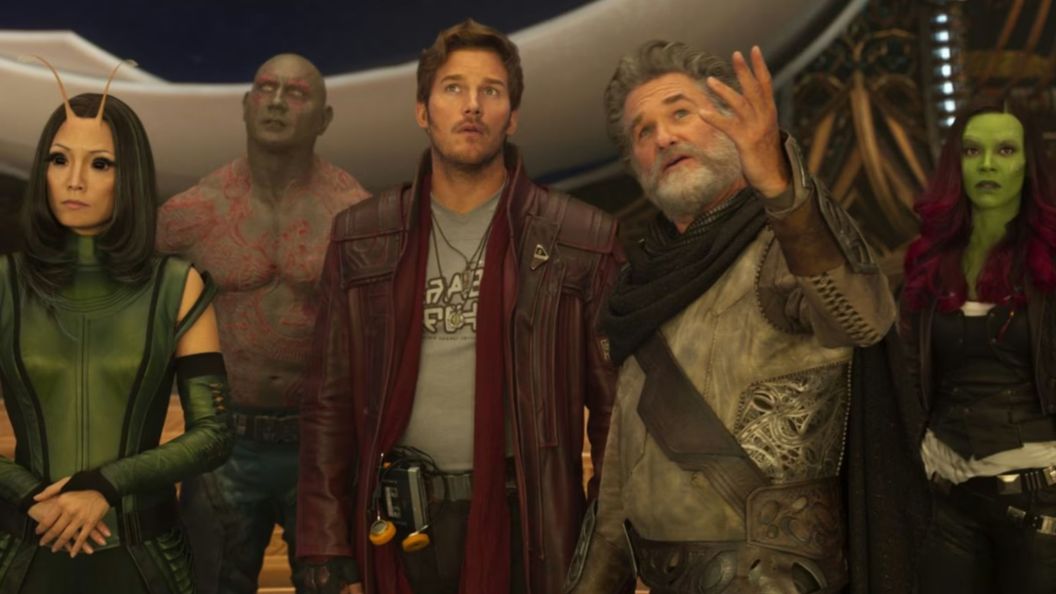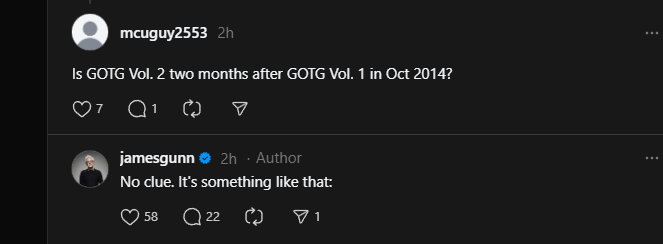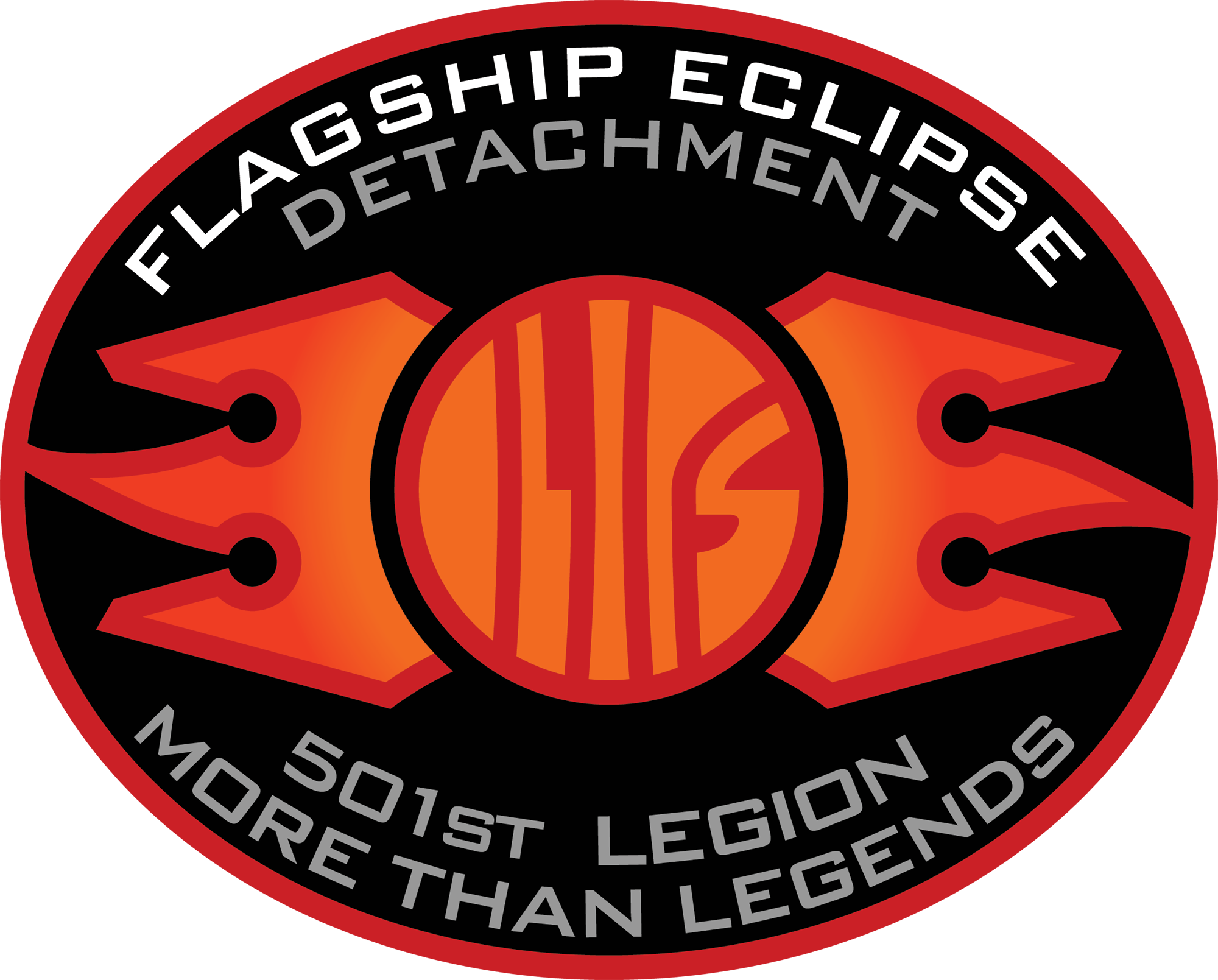
James Gunn, the filmmaker behind Marvel Studios’ popular Guardians of the Galaxy trilogy and now a co-head at DC Studios, recently admitted he is not entirely certain about the exact placement of Guardians of the Galaxy Vol. 2 within the Marvel Cinematic Universe’s timeline. This revelation came via a fan interaction on Threads, where Gunn was questioned about whether the sequel takes place roughly two months after the original film, specifically in October 2014. His candid lack of a precise answer underscores the intricate nature of chronology in an interconnected narrative like the MCU. That’s why Gunn’s current approach at DC Studios favors a less rigid timeline, a lesson learned from the challenges Marvel has faced in maintaining strict canonical consistency across its many productions.
“No clue. It’s something like that,” Gunn stated on Threads in response to the fan’s question about Guardians of the Galaxy Vol. 2‘s specific timeline placement. The first Guardians of the Galaxy film was released in August 2014, and according to The Marvel Cinematic Universe: An Official Timeline, the canonical book detailing the franchise’s chronology, its main events indeed take place in the year 2014. The book also places the events of Guardians of the Galaxy Vol. 2 in 2014, specifying it occurs “a few months” after the first film. This relatively short gap is visually supported by the state of Groot, who is a small sapling at the end of Vol. 1 and appears as the toddler-like “Baby Groot” throughout Vol. 2, indicating a limited passage of time. However, as the Threads discussion underlines, some fans are still bothered about the lack of specifics when it comes to these movies’ timeline placement, a question that even Gunn can’t answer.

Gunn’s philosophy regarding shared universe timelines for the DC Universe has been significantly informed by his extensive experience within the MCU. For instance, when discussing the upcoming second season of Peacemaker, Gunn indicated that the time jump from the first season would be intentionally less defined. “I see how difficult, after all my time at Marvel, it is to make things truly fit together, so it’s an unspecified amount of a couple of years,” Gunn previously remarked. This approach underlines Gunn’s desire to grant creatives more breathing room, sidestepping the meticulous, and sometimes restrictive, demands of adhering to an exact, unyielding timeline.
The MCU Complicated Timeline

Over its nearly two-decade history, the Marvel Cinematic Universe’s extensive and interwoven narrative has encountered several notable instances where timeline details created confusion or required official clarification to maintain a cohesive experience for its audience. One of the most significant examples arose with Spider-Man: Homecoming. The film’s prologue is set in 2012, depicting Adrian Toomes (Michael Keaton) and his salvage company dealing with the Chitauri wreckage following the Battle of New York from The Avengers. After this introductory sequence, a title card boldly stated “8 Years Later,” which would place the main events of Spider-Man: Homecoming in the year 2020. This created a substantial conflict with Peter Parker’s (Tom Holland) established MCU journey, particularly his introduction in Captain America: Civil War, which was set in 2016. This discrepancy led to widespread fan debate and numerous attempts to reconcile the conflicting information until the official timeline book effectively resolved the issue by situating the main events of Spider-Man: Homecoming in the Fall of 2016, rendering the “8 Years Later” title card an acknowledged error within the franchise’s canon.
The chronological placement of the MCU’s foundational Phase One films also underwent a process of clarification as the universe expanded. While Iron Man (2008) was officially set in 2008, the precise alignment of subsequent films like Iron Man 2 (released in 2010), Thor (released in 2011), and The Incredible Hulk (released in 2008) required more detailed mapping. It was later revealed, both through comments from Marvel Studios President Kevin Feige and the tie-in comic Fury’s Big Week, that the core events of Iron Man 2, Thor, and a significant portion of The Incredible Hulk all occur within roughly the same week in 2011. In addition, Iron Man was also retconned to happen in 2010, so that the time skip to its sequel makes more sense. This retroactive consolidation tightened the narrative build-up to The Avengers, but it ignores many of the explicitly dates mentioned in each movie, which can still confuse new viewers.
Guardians of the Galaxy Vol. 1 and Guardians of the Galaxy Vol. 2 are currently streaming on Disney+.
What are your thoughts on the detailed management of the MCU timeline? Do you prefer Gunn’s approach in the DCU? Let us know in the comments!
The post Even James Gunn Doesn’t Know the Answer to This Guardians of the Galaxy Question appeared first on ComicBook.com.


